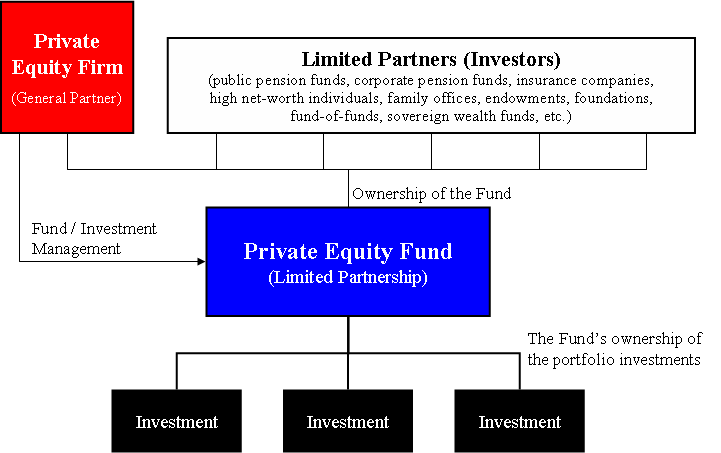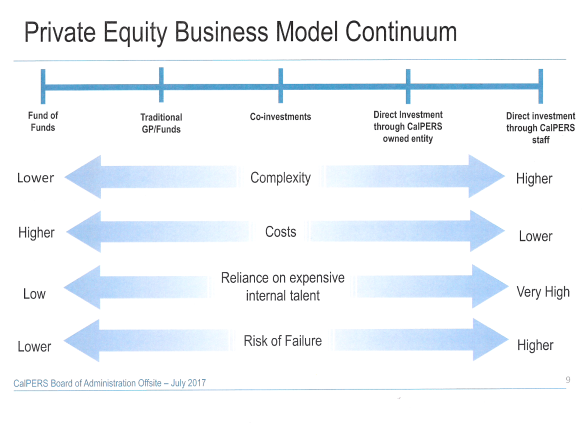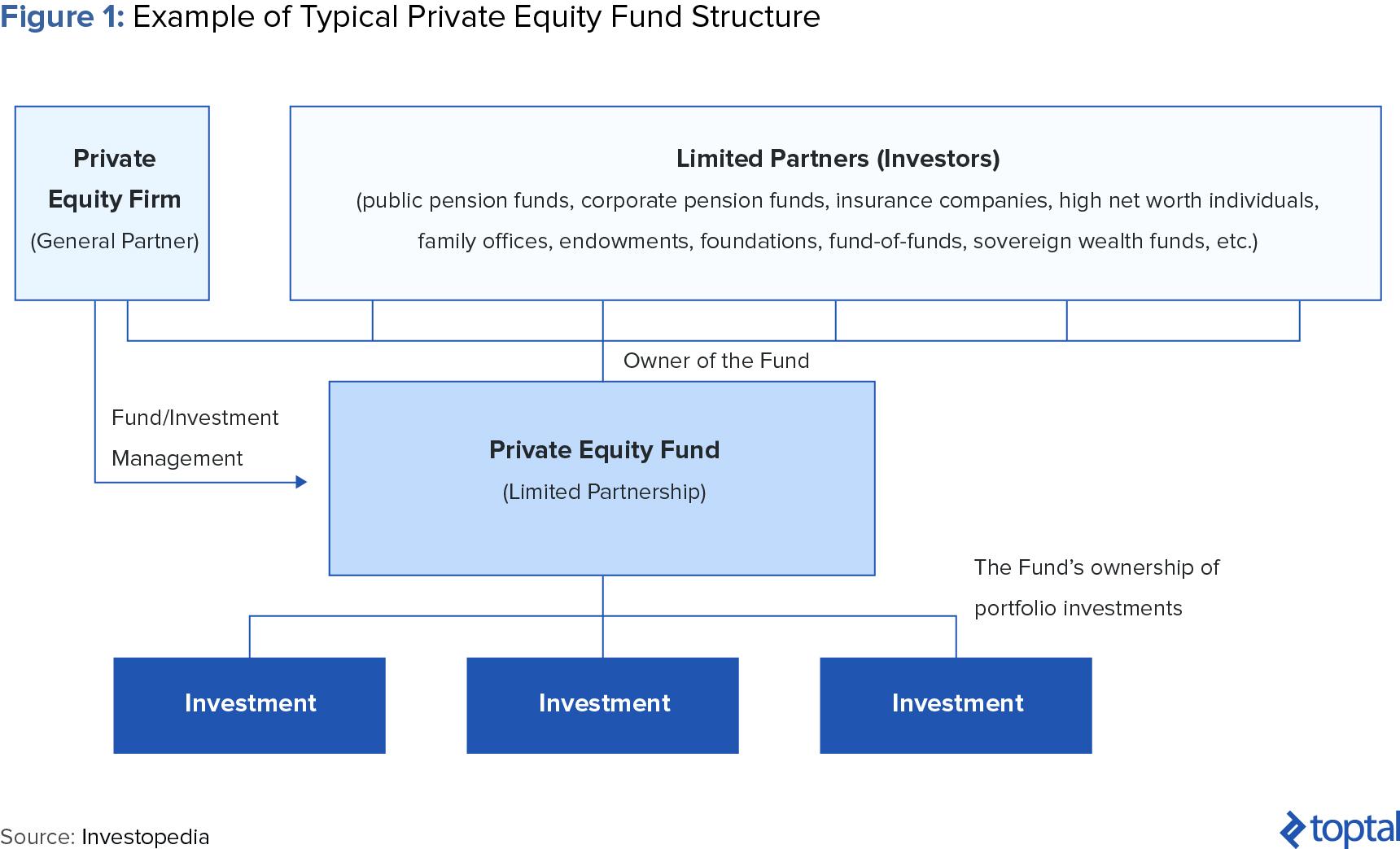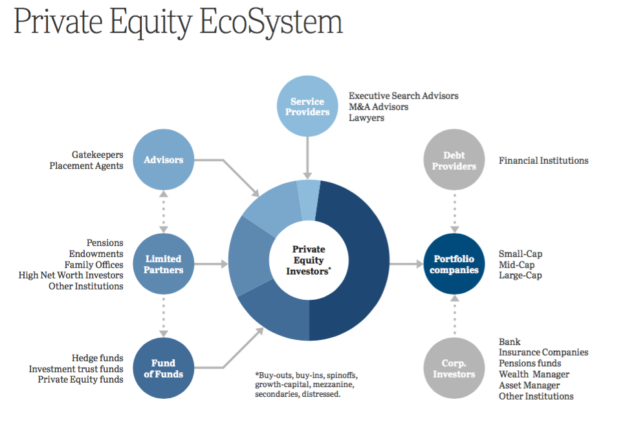Private equity. The very term continues to evoke affection, envy, and in the hearts of numerous public business CEOs fear. Recently, private equity companies have actually pocketed huge and controversial sums, while stalking ever larger acquisition targets. Undoubtedly, the global value of private equity buyouts bigger than $1 billion grew from $28 billion in 2000 to $502 billion in 2006, according to Dealogic, a firm that tracks acquisitions.

Private equity firms’ track record for significantly increasing the value of their financial investments has actually helped fuel this growth. Their ability to attain high returns is normally attributed to a variety of aspects: high-powered incentives both for private equity portfolio managers and for the operating supervisors of organisations in the portfolio; the aggressive usage of financial obligation, which supplies financing and tax benefits; a determined concentrate on capital and margin improvement; and flexibility from restrictive public company policies. civil penalty $.

That strategy, which embodies a combination of business and investment-portfolio management, is at the core of private equity’s success. Public companieswhich usually obtain services with the intention of holding on to them and incorporating them into their operationscan beneficially discover or obtain from this buy-to-sell method. To do so, they first require to understand simply how private equity companies employ it so effectively.

It does not make sense when an obtained business will take advantage of important synergies with the purchaser’s existing portfolio of companies. It definitely isn’t the way for a company to profit from an acquisition whose primary appeal is its prospects for long-term natural development. However, as private equity firms have revealed, the technique is ideally suited when, in order to recognize an one-time, short- to medium-term value-creation opportunity, purchasers must take outright ownership and control.

It can likewise be discovered with companies that are underestimated due to the fact that their potential isn’t easily evident. In those cases, as soon as the modifications required to accomplish the uplift in value have actually been madeusually over a duration of two to six yearsit makes sense for the owner to offer the company and move on to brand-new opportunities.

Specific funds can have their own timelines, financial investment objectives, and management philosophies that separate them from other funds held within the same, overarching management firm. Successful private equity companies will raise numerous funds over their lifetime, and as companies grow in size and complexity, their funds can grow in frequency, scale and even specificity. To get more info regarding fund managers and - check out the podcasts and -.
Prior to establishing Freedom Factory, Tyler Tysdal managed a development equity fund in association with numerous stars in sports and entertainment. Portfolio business Leesa.com grew rapidly to over $100 million in revenues and has a visionary social objective to “end bedlessness” by contributing one bed mattress for every ten sold, with over 35,000 contributions now made. Some other portfolio companies remained in the industries of wine importing, specialty loaning and software-as-services digital signage. In parallel to handling properties for companies, Tyler was managing personal equity in real estate. He has had a number of successful private equity financial investments and several exits in trainee real estate, multi-unit real estate, and hotels in Manhattan and Seattle.
Private equity companies raise funds from institutions and wealthy people and after that invest that cash in buying and selling companies. After raising a specified amount, a fund will near brand-new investors; each fund is liquidated, offering all its businesses, within a predetermined time frame, normally no greater than 10 years. local investment fund.
Private equity companies accept some restraints on their usage of investors’ money. A fund management agreement might limit, for instance, the size of any single business investment. When money is dedicated, however, investorsin contrast to investors in a public companyhave nearly no control over management (civil penalty $). Although a lot of companies have an investor advisory council, it has far less powers than a public company’s board of directors.
Private Equity: Overview, Guide, Jobs, And Recruiting
Rather, private equity companies exercise control over portfolio companies through their representation on the companies’ boards of directors. Generally, private equity firms ask the CEO and other top operating managers of a company in their portfolios to personally purchase it as a method to ensure their dedication and motivation.
In accordance with this design, operating supervisors in portfolio businesses typically have higher autonomy than system managers in a public business. Although private equity firms are beginning to develop operating skills of their own and thus are now most likely to take an active function in the management of a gotten organisation, the traditional design in which private equity owners offer advice however don’t intervene straight in everyday operations still dominates.
Fund revenues are mainly realized via capital gains on the sale of portfolio services. Since financing acquisitions with high levels of financial obligation enhances returns and covers private equity companies’ high management costs, buyout funds look for out acquisitions for which high financial obligation makes sense. conspiracy commit securities. To guarantee they can pay funding costs, they try to find steady capital, limited capital expense requirements, at least modest future growth, and, above all, the chance to boost efficiency in the brief to medium term.

In some countriesparticularly the United Statesthat gives them crucial tax and regulatory advantages over public companies. The benefits of purchasing to sell in such scenarios are plainthough, again, frequently neglected. Consider an acquisition that quickly increases in valuegenerating a yearly financier return of, state, 25% a year for the very first 3 yearsbut consequently earns a more modest if still healthy return of, say, 12% a year.
A varied public company that achieves similar functional efficiency with the gotten businessbut, as is normal, has purchased it as a long-term investmentwill earn a return that gets closer to 12% the longer it owns business. For the general public company, holding on to the business once the value-creating changes have been made waters down the final return.
Under their previous owners, those services had actually often experienced overlook, inappropriate efficiency targets, or other restrictions. Even if well handled, such companies might have did not have an independent track record due to the fact that the parent business had integrated their operations with those of other units, making business hard to value. Sales by public business of unwanted business units were the most crucial classification of large private equity buyouts till 2004, according to Dealogic, and the leading firms’ commonly appreciated history of high investment returns comes mostly from acquisitions of this type.
( See the exhibition “Private Equity’s New Focus.”) This has actually created brand-new difficulties for private equity companies. In public companies, quickly recognized improvements in efficiency frequently have already been achieved through better business governance or the activism of hedge funds. For instance, a hedge fund with a significant stake in a public business can, without having to purchase the business outright, pressure the board into making important modifications such as selling unnecessary properties or spinning off a noncore unit.
Understanding Private Equity (Pe) – Investopedia
When KKR and GS Capital Partners, the private equity arm of Goldman Sachs, acquired the Wincor Nixdorf system from Siemens in 1999, they had the ability to work with the incumbent management and follow its strategy to grow profits and margins. In contrast, given that taking Toys “R” United States private in 2005, KKR, Bain Capital, and Vornado Real Estate Trust have actually needed to replace the whole top management team and establish an entire brand-new strategy for business.

And it may end up being harder for companies to cash out of their investments by taking them public; given the current high volume of buyouts, the variety of big IPOs could strain the stock markets’ ability to take in new concerns in a few years. Even if the existing private equity financial investment wave declines, though, the unique advantages of the buy-to-sell approachand the lessons it provides public companieswill remain – partner grant carter.
On the other hand, a service unit that has actually become part of a public company’s portfolio for a long time and has actually carried out effectively, if not marvelously, generally doesn’t get top priority attention from senior management. In addition, because every financial investment made by a private equity fund in a business should be liquidated within the life of the fund, it is possible to exactly determine money returns on those investments (fund manager partner).